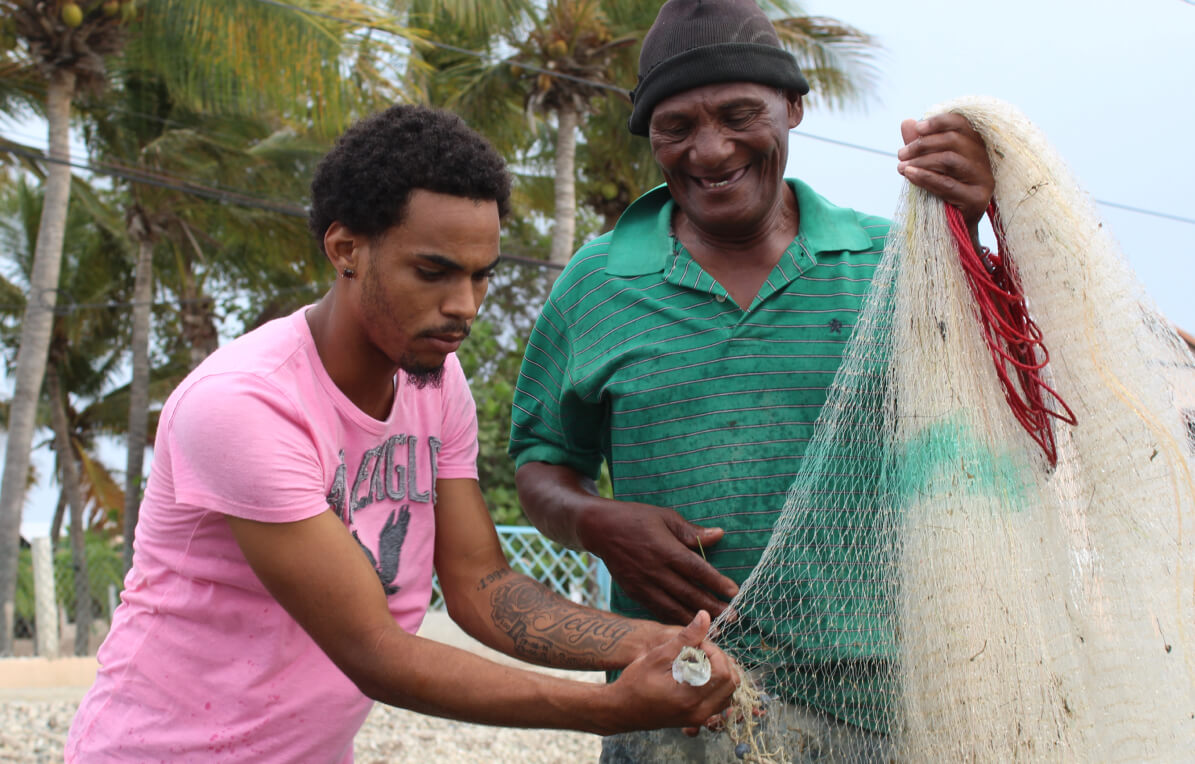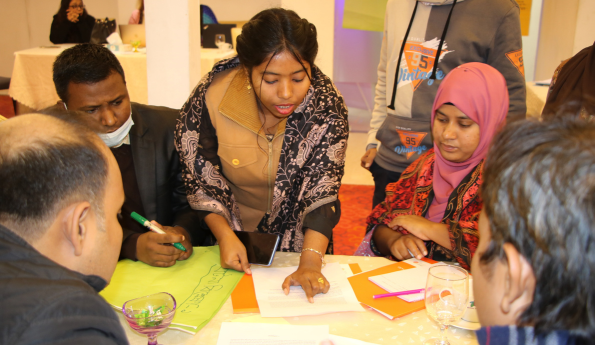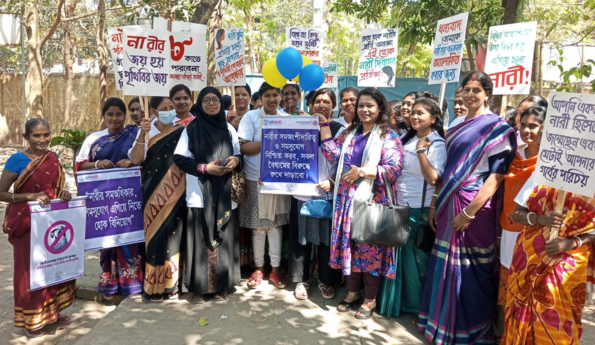This blog is part of a series of articles written by University of Dayton students, published as part of Counterpart’s Next Generation in Thought Leadership initiative. The opinions expressed in this article are the author’s and do not express the views or opinions of Counterpart International.
Disclaimer: This program/opinion was made possible by the generous support of USAID and FCDO. The data and information presented herein do not necessarily reflect the views of USAID or FCDO.
Introduction
Gender dynamics across the globe vary from culture to culture. Women experience a limited amount of political freedom in many societies. Bangladesh is home to one of them. Under the law, women in Bangladesh have equal rights to men, but patriarchal practices are still prevalent and pervasive. In many cases, for example, women need a man’s permission or physical presence in order to leave their home. Women face discrimination in areas from healthcare, to education, and to access to justice. Even before COVID-19, women’s main role in society has been in the household, and the pandemic has only exacerbated the demands on them, as they must focus more on their families’ health, safety, and education.
Counterpart International’s Promoting Advocacy and Rights program (PAR) is a five-year program which strengthens Bangladesh’s civil society by advancing democratic governance and citizen participation. In the first year of the program, PAR hosted several workshops and activities focused on strengthening the capacity of civil society groups and leaders through advocacy. These workshops included five civic engagement fora (CEF), legal seminars, research training for CSO advocacy, CSO consultations, and advocacy workshops.
Women’s Representation in PAR
The PAR program requires men and women to participate in their training events. In our research, we looked at how Counterpart communicates with locals to raise awareness about events and increase equal participation of women in the program. Due to the barriers that women face and their role as caretakers, they may not be able to attend events that promote their country’s development. In fact, in the first year of PAR, Counterpart’s goal of equal representation of men and women was not achieved, with an average of about 36 percent of attendees self-identifying as women.
Notably, Counterpart has put in place a number of measures and policies to promote women’s participation in the PAR program. These include allowing women to bring their children to events, adding events in the early or late evening so that their husbands can take care of their children and the chores, and providing transportation and accommodation to out-of-town participants. Counterpart also plans to conduct more targeted advertising to appeal to groups with a specific interest in the event, and they are working to improve communication about events with women’s local networks and groups. PAR realized that lack of communication hindered participation of women in the first year. Lastly, Counterpart conducts after action reviews to determine how to have more diversity in future events and they plan to continue partnering with the Carter Center’s Women’s Rights to Information project to identify possible participants and collaborate on events. Overall, we found that Counterpart prioritizes the inclusion of women and minorities in their events.
Our recommendations
Despite this, we identified some critical ways that Counterpart might further improve participation of women. We identified that PAR’s method of obtaining participants may be deterring participation. Specifically, participants are all from civil society organizations or other groups, such as youth groups, farmers associations, and labor welfare organizations, and they tend to be the leaders. Also, many of the same people participated in multiple trainings and workshops. For example, the participants chosen for the advocacy training were only selected from the advocacy forums. We concluded that selecting participants only from these organized groups could be excluding women who were not able to join these organizations because of barriers, such as not having the time, resources, or permission from the male head of household.
To address possible barriers, we recommend three areas of action: account for women’s caretaker responsibilities, utilize and increase youth involvement, and change the timeline for recruitment and engagement.
First, to create a more welcoming environment for women who need to bring children, we recommend that Counterpart provide nutritious meals for children at the events so that they are taken care of and fed. This could also work as an incentive for new women to participate. We focus on food rather than financial aid as it provides support directly to the participant and children, and the outcome is more assured and measurable.
Second, Counterpart should target youth, especially young women and girls, in larger numbers. In Bangladesh, youth have been shown to be responsive to social issues, demonstrated by their engagement in protests in August 2018 and beyond. Youth have also played a major role in pivotal events in Bangladesh’s history, such as the Language Movement, which resulted in Bengal being selected as the official language in Bangladesh. While working with youth, Counterpart could also aim to shift the focus of youth involvement from “showing up” for events like protests, to a sense of ownership and education so that youth gain more information on root causes of societal issues and the skills to engage in different forms of advocacy, including non-violent movements and organizing for social change.
Third, we suggest extending the recruitment period before the events take place. In the first year of the program, there was a rush to hold the events before the 2018 elections. However, we found that PAR should prioritize recruiting and advertising to diversify the participants. Specifically, taking more time to advertise for the events will increase participation as they will be able to reach more areas and can spread the word to women who are not in formal organizations.
Conclusion
Counterpart’s PAR program has engaged many women all over Bangladesh, giving them access to training and resources, and creating spaces for them to come together and work to make change in their society. Reaching more women might require, however, small changes to Counterpart’s current practices. These changes could make the PAR program even more effective and an example of how international development can really reach the most marginalized citizens and give them the resources they need to create authentic and positive impacts in their communities.




